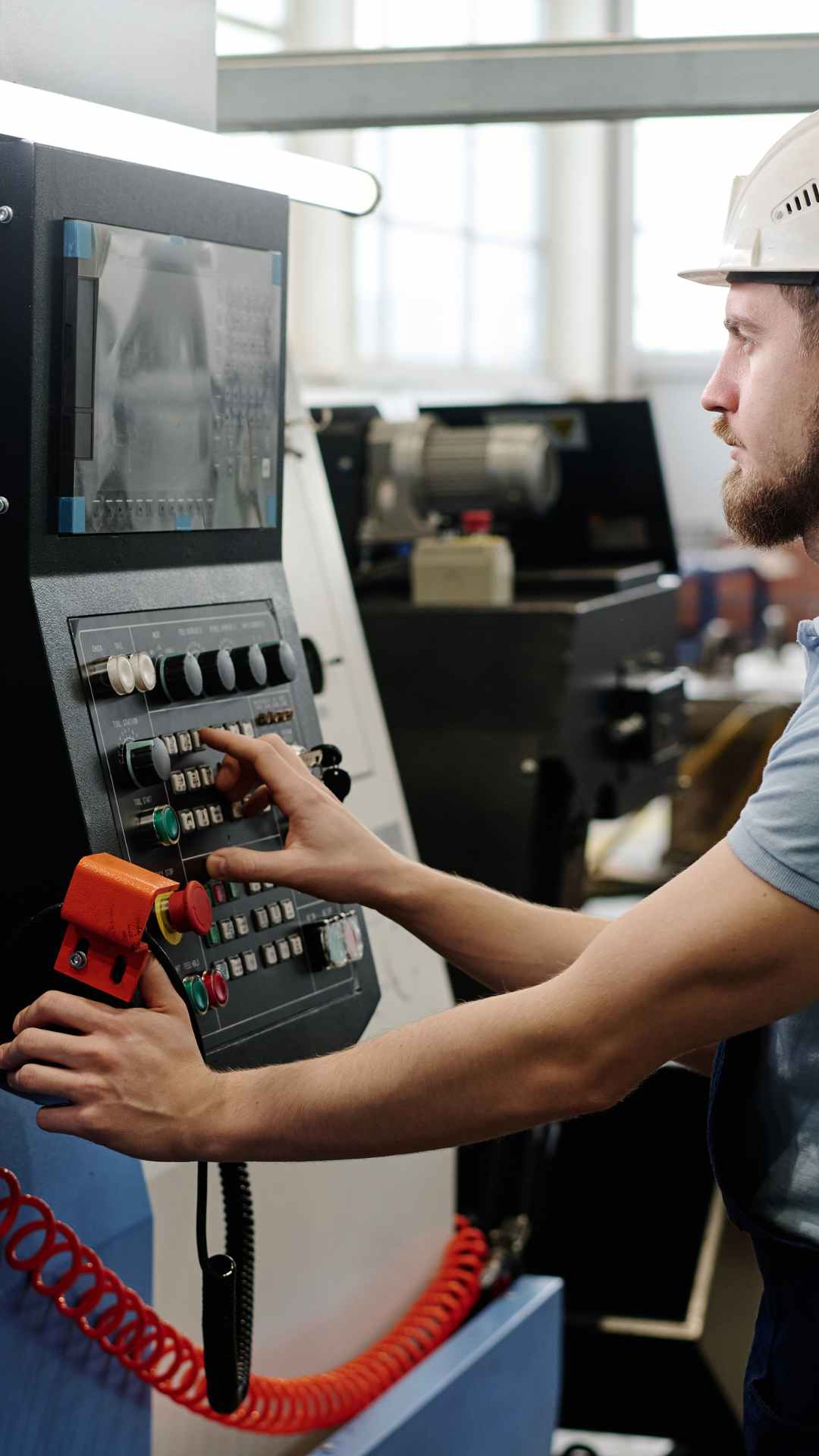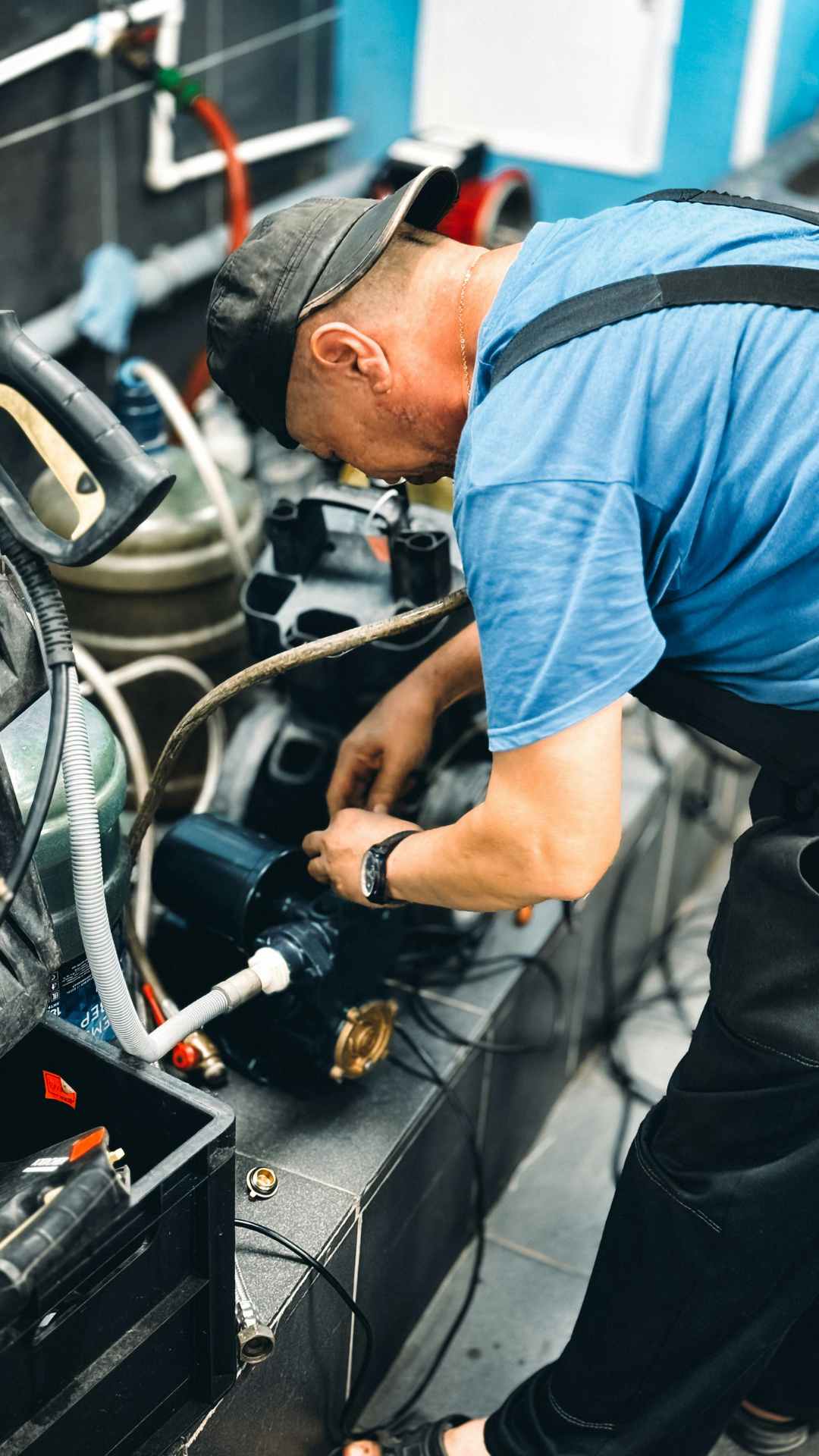Why Is My Air Still Wet? Troubleshooting Moisture Downstream of Your Air Dryer
10/27/2025

It is one of the most frustrating and perplexing problems a plant engineer can face. You’ve made the investment in a compressed air dryer, a critical component designed for one primary purpose: to remove moisture. Yet, you're still finding liquid water at your points of use. It's ruining paint finishes, causing pneumatic tools to fail, corroding sensitive actuators, and potentially contaminating your final product. You're left asking the logical question: "I have a dryer, so why is my air still wet?" The answer is often not a simple one, and it may not even be the dryer's fault. As of October 2025, with systems becoming more complex, a systematic approach to troubleshooting is essential. At Blackhawk Equipment, this is one of the most common service calls we receive. This practical, step-by-step guide will walk you through the diagnostic process our expert technicians use to find and fix the true root cause of moisture in your compressed air system.
Before You Blame the Dryer: A Quick Refresher on Dew Point
Before we begin troubleshooting, it’s crucial to understand what an air dryer actually does. A dryer's job is to lower the pressure dew point (PDP) of the compressed air. The PDP is the temperature at which water vapor in the air, at system pressure, will begin to condense into liquid water. A refrigerated dryer might provide a 38°F (3°C) PDP, while a desiccant dryer can provide a -40°F (-40°C) PDP. This is a critical concept: the dryer doesn't magically eliminate water; it dramatically lowers the temperature at which condensation will occur. Keep this in mind, as it can be a key clue later on.
The Diagnostic Checklist: A Systematic Approach to Finding the Source
Don't assume the dryer is broken. More often than not, the problem lies elsewhere in the system. Follow this logical process, starting with the most common and easiest-to-check culprits.
Step 1: Check Every Condensate Drain (The #1 Most Common Culprit):
A compressed air system is a complete water removal system, and the dryer is only one part of it. Drains are the exits, and if they are blocked, water will back up and be re-entrained into the airstream, regardless of how well the dryer is working.
Check the "Wet Side" Drains:
Start with the drains before the dryer. This includes the drain on the compressor's aftercooler and, most importantly, the drain at the bottom of the main "wet" air receiver. The wet receiver is designed to remove a huge amount of bulk water through cooling and gravity. If its drain is clogged or failed, it will send a massive slug of liquid water directly to your dryer, completely overwhelming it.
Check the Dryer and Filter Drains:
The dryer itself has an internal water separator with its own drain. The pre-filter before the dryer (a coalescing filter) also has a drain. If either of these drains fails, the water they are designed to remove will simply be picked up again by the air and carried downstream.
How to Check:
Go to every drain in your system. Use the manual test button to verify that it discharges condensate. If it's a timed drain, watch it to ensure it cycles. If it's a zero-loss drain, test its function. A failed drain is a guaranteed moisture problem.
Step 2: Hunt for an Open Dryer Bypass Valve:
Most dryer installations include a 3-valve bypass loop to allow for maintenance without shutting down the entire plant. It is surprisingly common for the main bypass valve to be accidentally left partially or even fully open after service work. Even a small leak through the bypass valve will allow hot, wet, untreated air to mix with the dry air, significantly raising the dew point downstream. Trace your piping and ensure the bypass valve is completely closed and the inlet/outlet valves are fully open.
Step 3: Verify the Dryer's Operating Conditions:
An air dryer is an engineered piece of equipment rated for specific inlet conditions. If you exceed those ratings, its performance will plummet.
Is the Inlet Air Too Hot?
The rated capacity of a dryer is typically based on an inlet temperature of 100°F (38°C). Hotter air holds much more moisture. For every 20°F increase in inlet temperature, the moisture load on the dryer roughly doubles. Check the temperature of the air entering your dryer. If it's excessively hot (e.g., 120°F+), it's likely overwhelming the dryer. The root cause is often a dirty or failing compressor aftercooler.
Is the Ambient Temperature Too High? (for Refrigerated Dryers):
An air-cooled refrigerated dryer works by rejecting heat to the surrounding air. If the dryer is located in a hot, poorly ventilated corner of the compressor room, it cannot effectively dissipate heat. This will cause the internal refrigeration pressure to rise and the dryer's ability to cool the air—and thus remove moisture—will be severely compromised.
Is the Air Flow Rate Too High?
Has a new large piece of air-consuming equipment been added recently? If the CFM of air passing through the dryer exceeds its rated capacity, the air doesn't have enough "contact time" inside the dryer to be properly dried.
Step 4: Investigate the Dryer Itself:
Only after you have confirmed that all external factors are correct should you begin to suspect the dryer itself has failed.
For Refrigerated Dryers:
Is the unit running? Can you hear the refrigeration compressor operating? Are the condenser coils clean and free of dust? Check the dew point indicator on the control panel; is it in the green or showing a high dew point alarm? A failure here may indicate a loss of refrigerant or a failed component.
For Desiccant Dryers:
Are the switching valves cycling correctly (you should hear them actuate)? During regeneration, can you feel or hear the purge air flowing? Is the desiccant material old? Desiccant has a finite life (typically 3-5 years) and will eventually lose its ability to adsorb moisture.
Step 5: Consider Residual Moisture in the Piping System:
If your system has been running wet for an extended period, the inside of your entire piping network can be coated with accumulated water. After you've found and fixed the root cause of the problem, it can take hours or even days for the flow of dry air to purge all of this residual moisture from the system. Be patient after a fix is implemented.
A Special Case: When "Dry" Air Becomes "Wet" Again
Remember our discussion on dew point? This is where it becomes critical. Let's say your refrigerated dryer is working perfectly and delivering air with a 38°F PDP. If a section of that compressed air pipe runs outside or through a refrigerated area where the ambient temperature drops to 30°F, the air inside the pipe will be cooled below its dew point. New condensation will form inside the pipe, even though the air was "dry" when it left the dryer. The solution for any air line exposed to temperatures below the dryer's PDP is to use a desiccant dryer, which can provide a much lower dew point (e.g., -40°F).
Blackhawk Equipment: Your Air Treatment Diagnostic Experts
Troubleshooting moisture problems can be complex. If you've gone through this checklist and are still struggling, it's time to call in the experts. The Blackhawk Equipment service team can:
-
Perform a systematic and professional diagnosis to find the true root cause of your moisture problem.
-
Use advanced diagnostic tools like handheld dew point sensors to accurately measure your system's performance.
-
Conduct a full system analysis to determine if your dryer and other air treatment components are correctly sized for your compressor and your plant's specific conditions.
-
Provide robust and reliable solutions, including high-quality Sullair dryers, proper filtration, and zero-loss condensate drains to build a bulletproof air treatment system.
Conclusion: A Dry System is a Healthy System
Finding moisture downstream of your air dryer is a clear sign that something in your compressed air system is amiss. While frustrating, it's a solvable problem. By following a systematic troubleshooting process—starting with the most common and simple culprits like condensate drains and bypass valves before moving to more complex issues—you can effectively diagnose and resolve the issue. A dry compressed air system is the result of a complete, properly sized, and well-maintained system, not just a single piece of equipment.
If moisture continues to compromise your operations, don't just live with it. Contact the air treatment experts at Blackhawk Equipment. We have the tools and the expertise to diagnose the issue and restore the integrity and quality of your compressed air.
